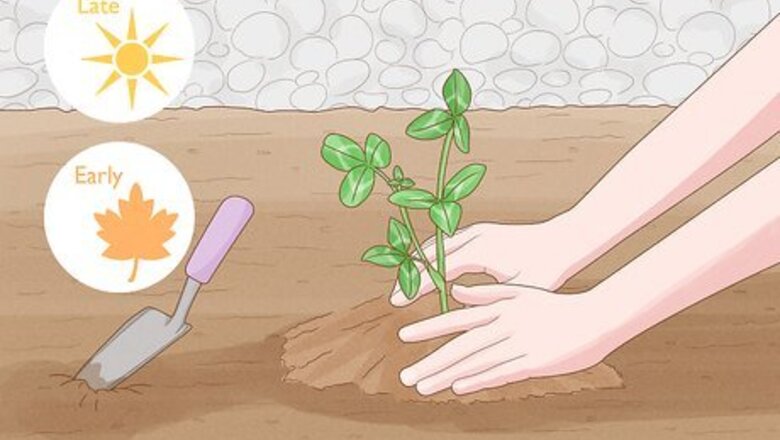
views
X
Research source
When should you plant red clover?
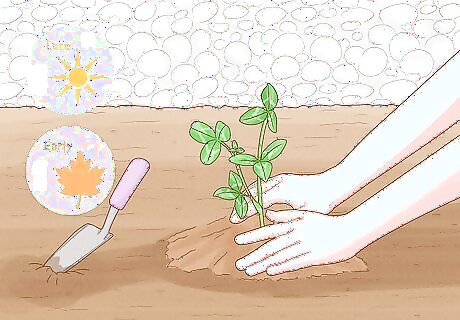
In the late summer or early fall. While red clover can grow during almost every season, it typically does the best when the weather is still warm out. Plan to start your red clover before the temperatures get cold for the best results.
Where should you plant red clover?
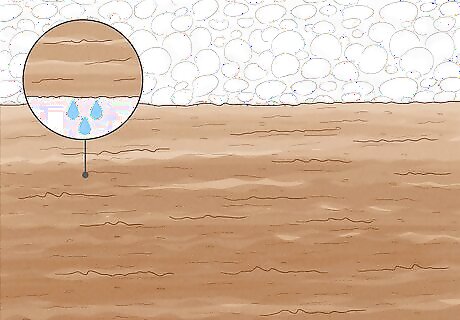
In a well-draining patch of soil. Red clover isn’t super picky, so the location doesn’t matter too much. Before you plant, hand pull all the weeds and make sure the soil is well-draining. You can check on the soil by looking at it after rainfall—if there are standing puddles of water, choose a different location. If you’ve never planted something in the location before, tilling the soil is a good idea. Red clover will grow in most light conditions, so you don’t have to worry too much about sunlight.
Do red clover seeds need to be inoculated?
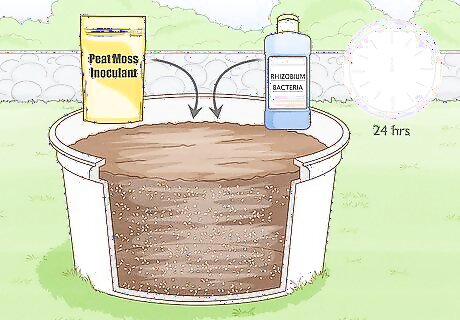
Yes, inoculate red clover seeds 24 hours before you plant them. Mix peat moss inoculant with the Rhizobium bacteria in with your red clover. The bacteria will allow the seeds to use nitrogen from the air and actually grow instead of dying in the soil.
How do you plant red clover?
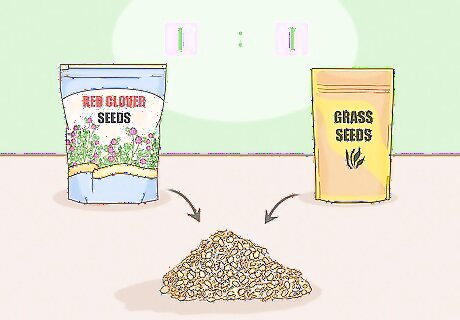
Mix your red clover seeds with grass seed. Grass seeds help prevent weeds, so you’ll get more red clover if you mix them together. Pick orchardgrass, reed canary grass, perennial ryegrass, smooth bromegrass, or tall fescue, then mix it with your red clover seeds at a 1:1 ratio.
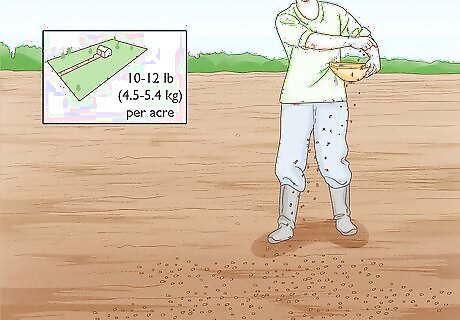
Sprinkle 10 to 12 lb (4.5 to 5.4 kg) of seeds per acre. If you spread too few seeds, your red clover won’t grow. Weigh out your seeds and compare it with your space to make sure you have enough before you start planting. You can water the area after you’ve spread the seeds, but you don’t have to.
How do you care for red clover?
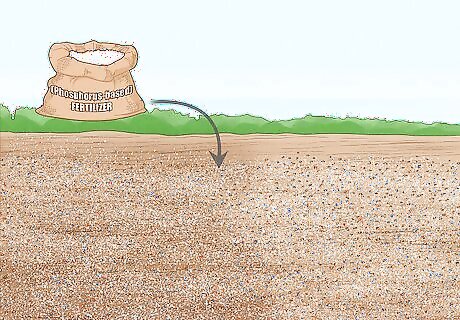
Apply phosphorus-based fertilizer right after planting seeds. Depending on the size of your growing area, about 60 lb (27 kg) of fertilizer should do the trick. Sprinkle it over the area right after planting to help the clover grow well.
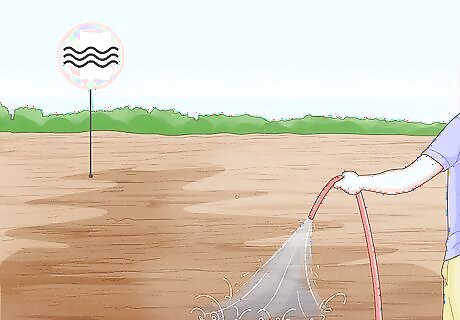
Water the clover if your area is dry or the soil dries out. Red clover doesn’t need a ton of maintenance, and usually, you can let nature take care of it for you. If your climate is going through a dry spell, you can water the clover about once a week to help it grow.
When and how do you harvest red clover?
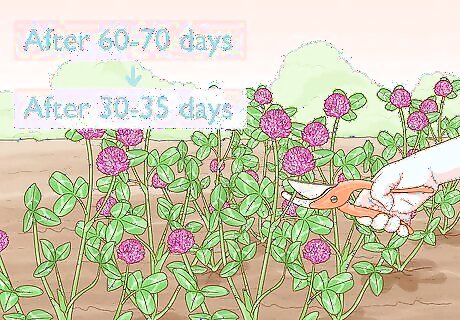
Harvest it 2 to 3 times per season. Do your first harvest 60 to 70 days after planting. After that, wait 30 to 35 days in between each subsequent harvest. If you don’t want to harvest your red clover, release cows or goats into the field and allow them to graze instead of harvesting.
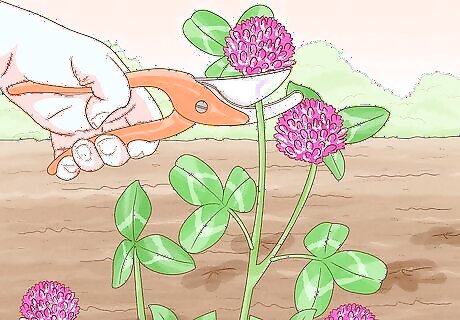
Use pruners to cut the stem. Take a look at an individual clover, then find the leaf growth just beneath it. Hold your pruners at an angle and clip the stem, then collect the flowers and dry them out in the sun before using them. Red clover is edible, and you can use them as a garnish or in a summer soup. You can expect to see seedlings at the end of the summer.
Do you need to mow red clover?
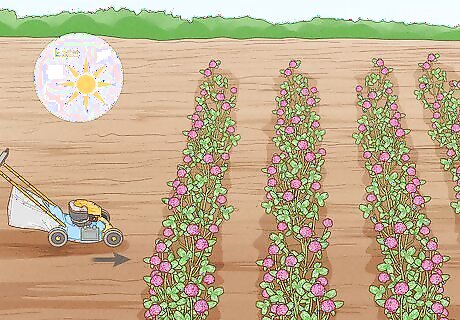
Yes, mow red clover in the late summer. Keeping the clover at the same height is important for next year’s bloom season. After your last harvest of the growing season (usually in late summer), use a lawn mower to mow the clover down short and get it ready for the fall.
Does red clover come back every year?
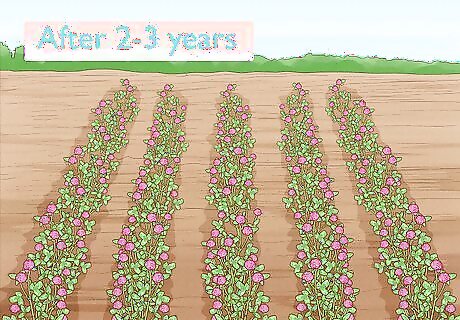
It will come back for 2 to 3 years after you plant it. While clover can come back every year, its natural predators usually prevent that from happening. Disease and pests will most likely kill your crop after a couple years, so be prepared to till and reseed the area.




















Comments
0 comment